 UACategory
UACategoryCategory
- All
- Interesting Places
- Monuments
- Museums
- Default
- Title
- Date
- Random
-
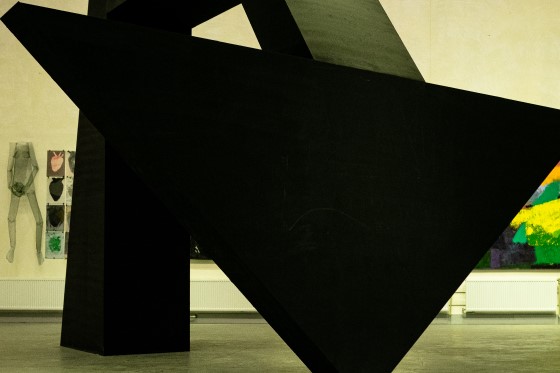
Museum of Korsakiv Contemporary Ukrainian Art
The Korsaks’ Museum was created for the purpose to develop the spirituality of the nation, to promote the Ukrainian art in the world by presenting the bright artistic achievements of artistic culture of the 20th century, to get visitors acquainted with the contemporary art through author’s projects, installations, and performances. The Korsaks’ family became the founder and mastermind for the creation of the first in Ukraine world-class museum of contemporary Ukrainian art. It is located on the territory of the “Adrenalin City” cultural and entertainment center. The total area of the first phase of the museum complex is about 5,000 square meters and contains a number of exhibition halls. The area of permanent exposure occupies 3000 square meters. The museum features works of over 100 outstanding artists (more than 800 art objects). Painting, graphics, sculpture, installation, video art – a collection of works of art of the best Ukrainian authors of the XX-XXI centuries has been collected here. A wide program of exhibition, educational, research and publishing activities conducted by the Korsaks’ Museum of Contemporary Ukrainian Art, reflects the actual processes in Ukrainian culture and opens opportunities for public dialogue and the creation of new works.
Address: entertainment center “Adrenalin City”, Karbysheva street, 1
- Museums
-
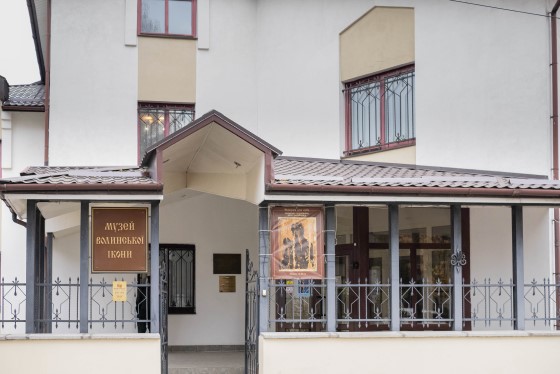
Museum of the Volyn Icon
The Museum of the Volyn Icon in Lutsk was opened in August 1993. It is a unique museum in Ukraine, representing the distinctive regional school of Volyn icon painting. The collection of the museum includes more than 1.5 thousand monuments of sacred art, namely more than 600 icons of the XVI-XIX centuries, metal objects (robes of icons, church utensils, icons), decorative carvings (royal gates, kiosks of icons) and sculpture. The invaluable pearl of the collection is the Kholm Miraculous Icon of the Mother of God, a unique monument of Byzantine art of the XI-XII centuries, one of the most revered Christian shrines. In the exposition you can see the works of Yov Kondzelevich: doorposts of deacons and royal gates of 1696, icons “Savior Almighty” and “St. George”, fragments of the prophetic series of the Iconostasis.
Address: Yaroshchuka Street, 5
- Museums
-
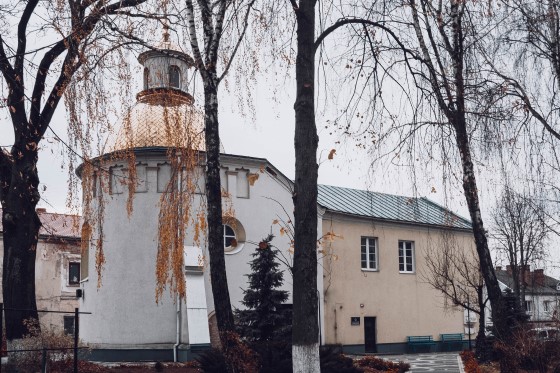
Church of Exalation of the Holy Cross
Church of the Exaltation of the Holy Cross together with the later built monastery of the Basilian Order, form sole complex of surviving monuments of architecture built by the Lutsk Holy Cross Brotherhood. Brotherhood is a cultural and religious association of Volyn Orthodox nobility and Lutsk burghers that arose in 1617. The creation of a brotherhood was aimed at preserving the Orthodox faith in Volyn. At the same time, a school, a hospital and a mobile printing house of Pavlo Domzhyv-Lyutkovych-Telytsia were operating at the Church of the Exaltation of the Holy Cross. The members of Lutsk Brotherhood were Metropolitan Petro Mohyla, Hetman Petro Sahaidachny and Ivan Vygovsky, founder of the Kyiv Brotherhood School Halshka Gulevychivna. It is known that the noblewoman is buried in a crypt under the church. Among the brothers there were many famous Lutsk burghers. The monastery complex was constructed during the 1630s-1640s. In the 18th century, both the church and the monastery were hit by fires. In the 19th century, the church was virtually destroyed. The monastery has retained its original appearance, but the modern church is only an altarpiece of the former shrine.
Address: Danyla Halytskogo street, 2
- Monuments
-
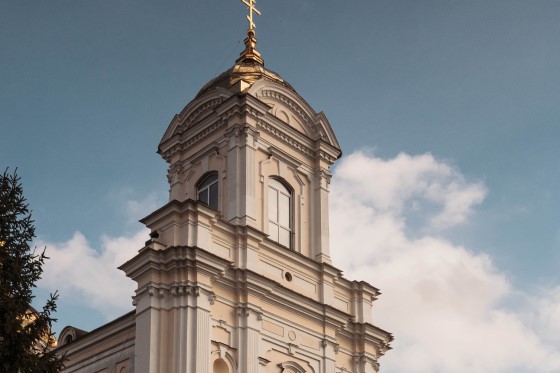
Holy Trinity Orthodox Cathedral
Spiritual objects have been housed for hundreds of years at the site of the Holy Trinity Cathedral today. According to some reports, nearby was the Roman Catholic Church of the Holy Cross - the first Catholic church in the city. The history of the Bernardine Monastery, which now houses the city’s main Orthodox shrine, dates back to 1643. At that time, the noble lady Agnieshka Stanishewska conveyed the land near the Church of the Holy Cross to the Bernardine Order. They founded a monastery here. Agnieshka handed over hospital and a neighboring building to Bernardines. In 1648, during the Liberation War under the leadership of Bohdan Khmelnytsky, a church and a monastery were destroyed. The monastery was looted and set on fire, furniture and the altar were torn down, bells, icons and jewels stolen. Bernardines returned to the city but suffered another fire in 1696. The saddest part was that the church was set on fire by an organist there to hide the theft. After so many setbacks, however, the construction of a stone monastery began. Later, the church was rebuilt. Construction was completed in 1789. In 1853, Bernardines were forced to leave the city. The temple remained a parish shrine of Lutsk Catholics until 1864, when it was handed over to the Orthodox, which in the city was only about 5%. The cathedral was rebuilt under the guidance of 13 architects and designers and was consecrated in 1880. Since that year it become the main Orthodox shrine of Lutsk.
Address: Hradnyi Uzviz street, 1
- Monuments
-
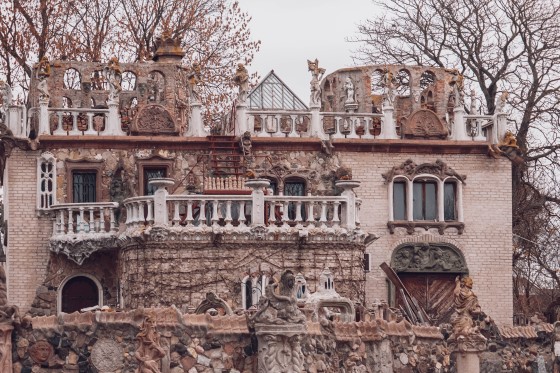
House of the Sculptor Mykola Holovan
An amazing building located in a part of the city on the banks of the river Styr. In fact, it is the home and workshop of the local sculptor Mykola Holovan, which has been decorating for over 40 years. Sculptures of animals, birds, mythical creatures – you can find there everything, as they are more than five hundred. A variety of styles are intertwined in the sculptor’s artwork. It is both Gothic, Renaissance and Modern. This makes the sculptor’s home interesting and attractive tourist destination. The house is well known, and is constantly visited by residents and guests from other cities and countries. House of the sculptor Mykola Holovan entered the “TOP-5 most extravagant buildings of Ukraine”. A lot of people call the master as “local Gaudi”, and his house is mentioned in Oxford school textbooks!
Address: Liuteranska Street, 9
- Interesting Places
-
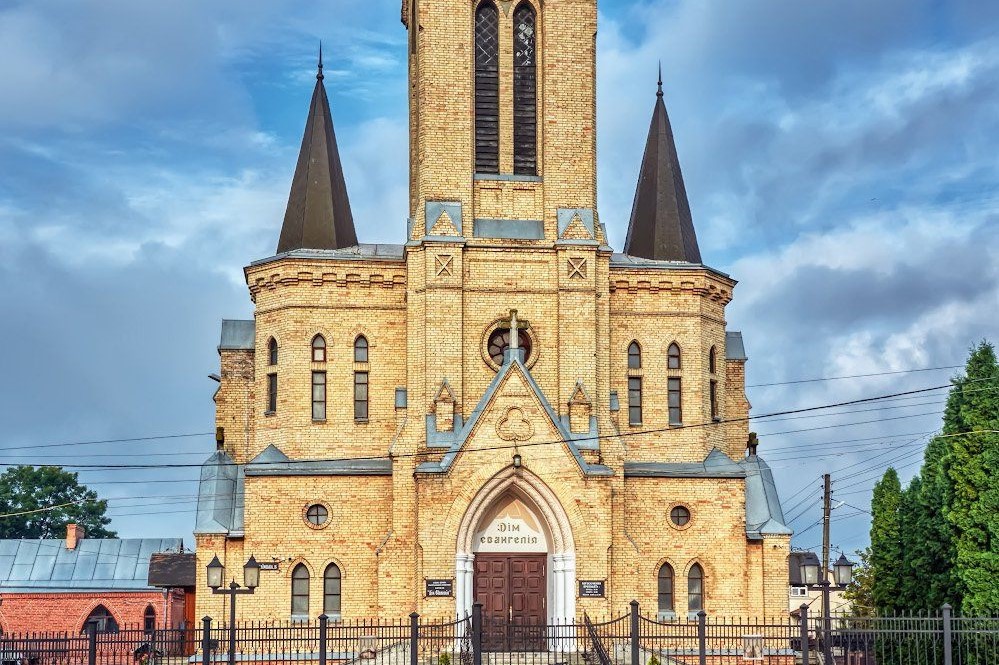
Lutheran Church
The Lutheran church in Lutsk an architectural monument of Gothic architecture of Volyn. The church was built in 1906 as the temple of Lutheran Community. From the time of its construction it served as one of the main temples of the German colonists of Volyn. However, due to the events of the Second World War, it was declined. In Soviet times it belonged to various institutions, mainly the archive. With the collapse of the Soviet Union, the church was given over to a community of Baptists who had properly restored the building. Now it is a monument of architecture, whose silhouette occupies a significant compositional and aesthetic place in the general background of Lutsk Reserve.
Address: Karaimska street, 16
- Monuments
-
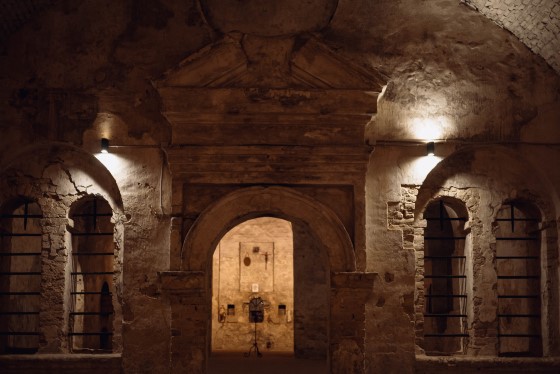
Lutsk Dungeons
The underground complex under the Saint Peter and Paul Cathedral headed “The top five of the most mysterious dungeons of Ukraine” according to the ILoveUkraine project site. These unusual three-storey dungeons were used for sacred objects, refectory, prison, tombs. Their height is truly impressive, reaching almost 6 meters in some places. Some people say, that once the Old Town was connected with Shepelsky and Zhydychyn settlements, Olytsky castle and other fortifications around it by these dungeons. In these places were burials (some preserved) of many noble citizens, including Roman Catholic bishops.
Address: Kafedralna street, 6
- Interesting Places
-
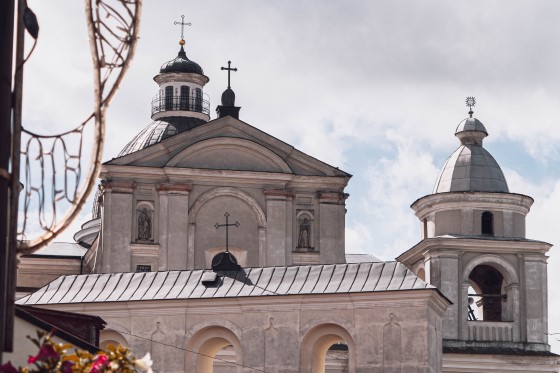
Saint Peter and Paul Cathedral
Initially, the style of the church was distinctly Renaissance, later it gradually shifted to Baroque and Classicist. Generally, the church constitutes a three-nave cross-domed basilica (based on a Greek cross) with bypass galleries and two towers at the corners of the main facade. The main facade is the most opulent, considering the abundance of volumes, planes and the number of axes in its structure. A sculpture of the Holy Virgin Mary standing on a globe fighting a serpent is central. On the lower tier of the entrance are installed sculptures of the Holy Apostles Peter and Paul. In addition, the excellent acoustics amplifies the sound of a huge organ. The instrument is used not only in the course of liturgy as an accompaniment, but also at special concerts of classical music, which often take place in the church. The Jesuit Collegium adjacent to the church was once a well-known higher education institution with a well-stocked library and a student theater. The students of the Collegium were mostly represented by children of nobles from different parts of Volyn Voivodeship and less often by those of Lutsk citizens.
Address: Kafedralna Street, 6
- Interesting Places
-
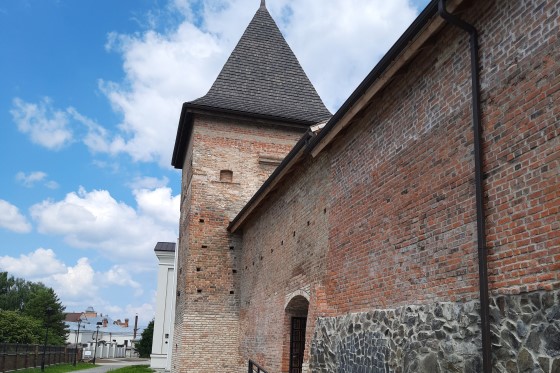
Chortoryiski Tower
In addition to the Upper Castle, or as it is called today, Lutsk Castle or Lubart Castle, city also had the Lower Castle. There were 8 towers in its mighty walls – 4 wooden and 4 stone. Nowadays, only one of them has survived – the Chortorysky Tower, that was named after its founders. Tower was built in the 15th century and has remained unchanged until today. Due to this, it continues to attract tourists. There is a defensive wall adjoining the tower, decorated with a Gothic and diamond-shaped ornament of brick.
Address: Kafedralna street, 6
- Monuments